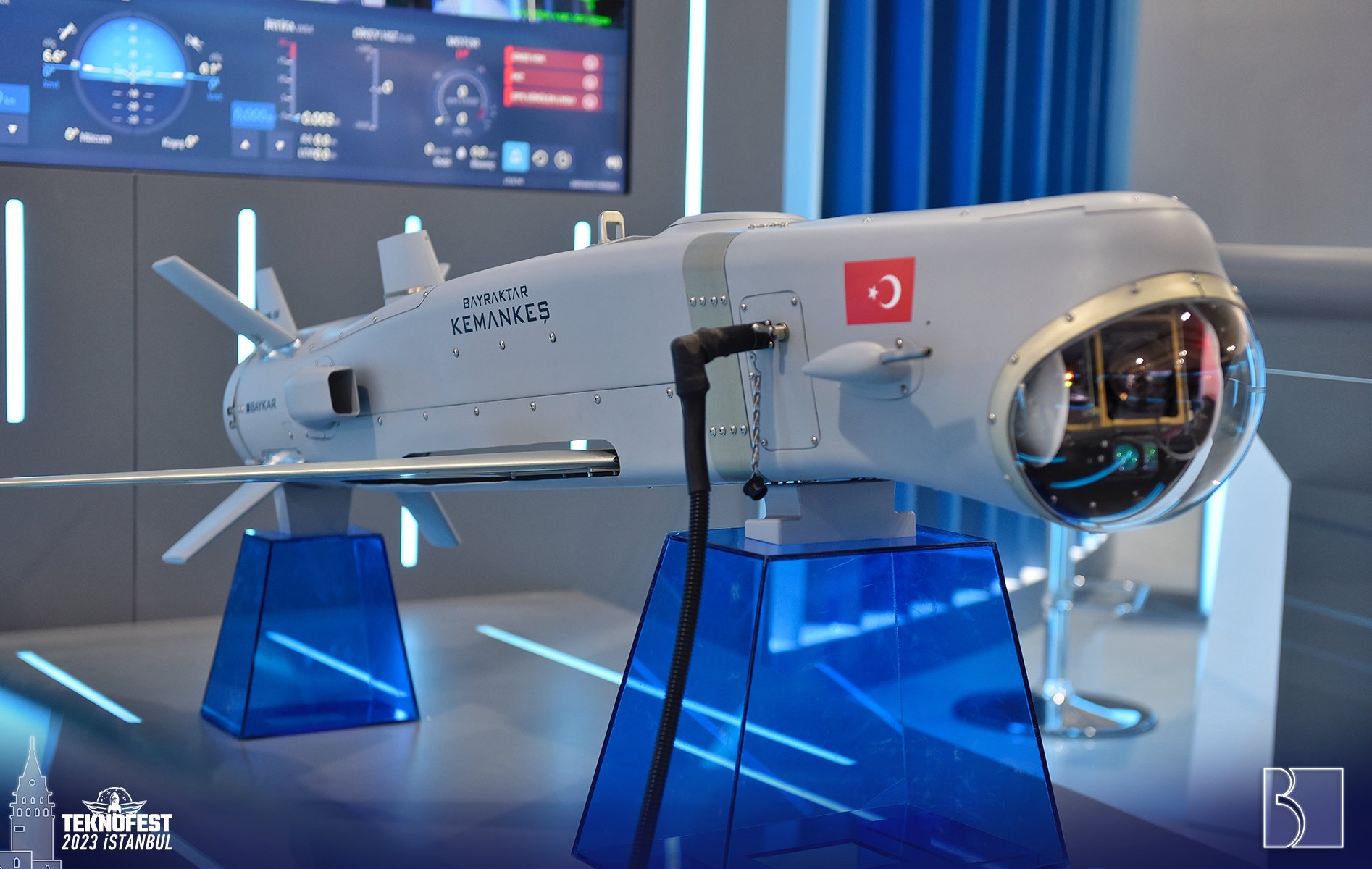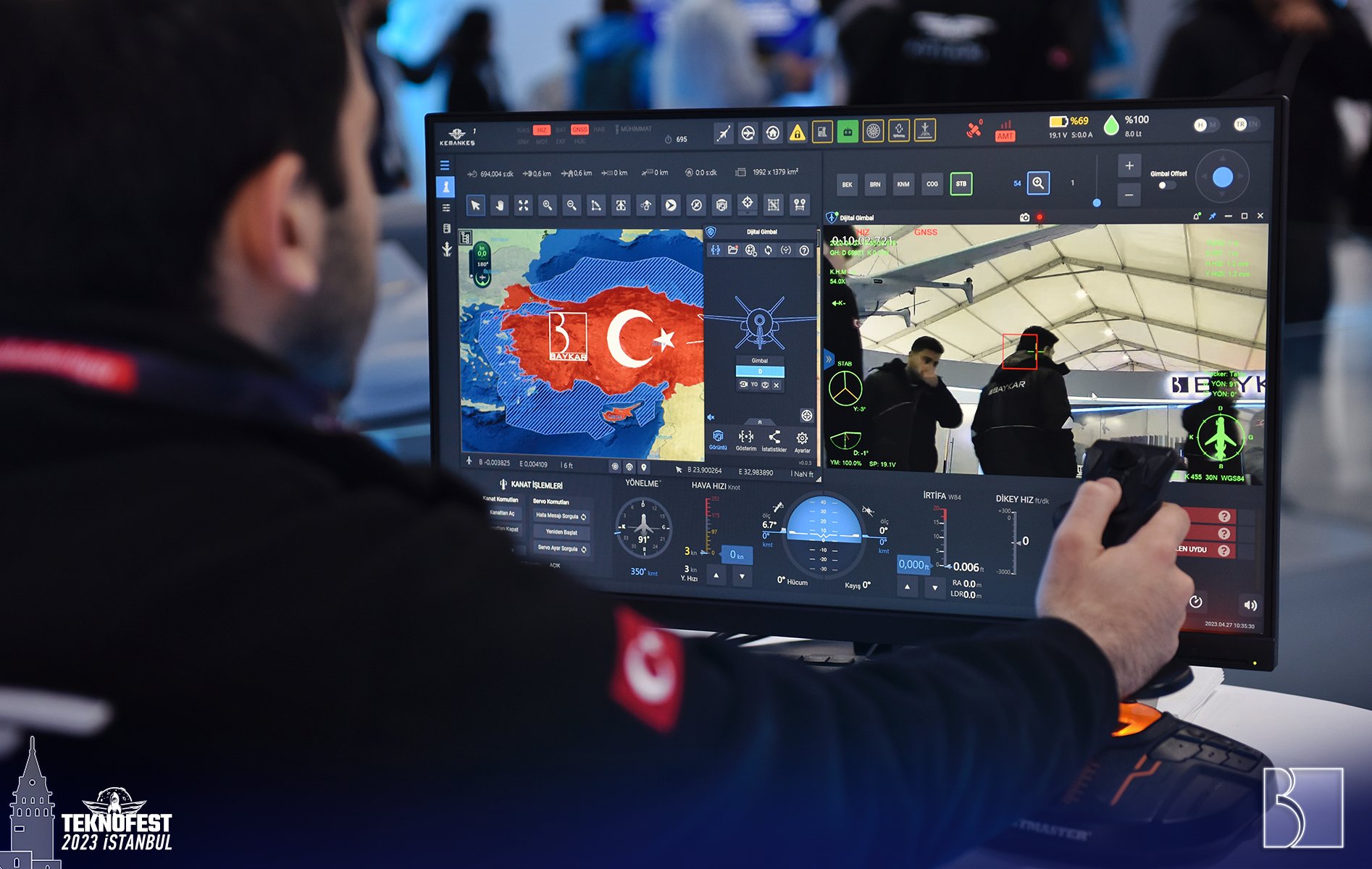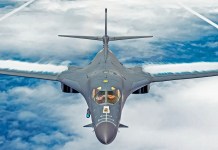Turkish drone maker Baykar unveiled a new Artificial Intelligence (AI)-enabled smart cruise missile/loitering munition, Kemankes, on the sidelines of the Teknofest 2023 exhibition in Istanbul.
Also called a ‘mini light cruise missile,’ it has particularly been designed to be used from the TB-2, TB-3, and Akinci unmanned aerial vehicles (UAV) developed by the company.
Able to engage valuable targets from safe distances, it formed a part of Turkey’s trend to develop a complete family of interoperable missiles and guided munitions like the MAM-T, MAM-L, MAM-C, Bozok, and L-UMTAS, among others.
Reports said the missile could equip existing and future UAVs but did not specify whether it is compatible with other aerial platforms like the Turkish ATAK helicopter or be fired from the US-made F-16s in a ground attack role.
The latter is, however, unlikely since Turkey will not be allowed access to the software source code that will allow the F-16’s radar to ‘talk’ to the missile.
Developer’s Claims
Halyuk Bayraktar, CEO of Baykar Tech, tweeted that it has a range of over 200 kilometers, Mach 0.7 diving speed, and weighs 30 kilograms.

The missile, Bayraktar claims, is a fully in-house effort without any external technology collaboration and, particularly, without a formal specific order by their military for such a product. A picture of a promotional banner called it a ‘Winged Loitering Munition.’
“From the jet engine to the stabilized camera system, from the artificial intelligence software to the system design, it is completely national and original,” Bayraktar added in his tweet.
Thus, the company is likely looking at it as a potential export product, particularly for the countries already using Baykar’s UAVs. The fact that it was unveiled in an exhibition also indicates this possibility.
Performance Statistics
A post on a leading Ukrainian Telegram group that shared videos of its TB-2 UAVs in action earlier in the war said the missile could carry a payload of six kilograms and weighs 30 kilograms but put the range at 50 kilometers. The ‘operating altitude’ has been claimed to be over five kilometers while the flight time to the target is one hour, at a cruising speed of 360 kilometers an hour.
The ammunition bay will be able to carry a payload of six kilograms with a total weight of 30 kilograms. The “range of its action” is more than 50 kilometers, the operating altitude is more than five kilometers (18,000 feet), and the endurance is one hour. The range mentioned is at a wide variance from the one claimed by the company.
It is 1.73 meters long, has a height of 0.4 meters, and has a wingspan of 1.25 meters. “The ammunition will also be equipped with an optical guidance system based on the principles of artificial intelligence,” the post on the Telegram channel said.
The missile has a massive CCD/electro-optical system on the nose, which was also recording the visitors and the company’s staff at the stall, the feed from which was displayed on a separate console.

It has a low-wing configuration, with the wings folding out during launch. Two small air intakes for the air-breathing engine jut out from the sides of the rear fuselage. The four x-shaped vertical stabilizers are steerable for aerodynamic control.
AI Flight Control & Target Acquisition
The promotional banner said it had been designed to be used against “strategic objectives.” But what is interesting is how its claimed AI operates, and the product banner suggests it influences flight control and target acquisition.
“The winged loitering munition operates autonomously with an artificial intelligence-supported autopilot system,” said the description. This means the missile needs no human intervention to correct its trajectory and paths when in loiter mode.
About target acquisition, the description said, “The AI-assisted optical guidance system delivers the ability to identify and engage targets with pinpoint accuracy even under challenging conditions.”
The missile might, therefore, have the ability to differentiate between actual targets like tanks or command centers and not strike other nearby structures that would cause collateral damage.
The camera’s video feed in the exhibition showed a marker on the face of a company employee, meaning the optical seeker is connected to an extensive catalog of military structures and vehicles to decide whether an object fits an attackable target. The whopping 36x optical zoom would aid this process.
The autonomous flight also protects the missile from electronic warfare (EW) jamming since there is no radio and satellite link with a ground control station.
Not Yet Tested
But details are missing on the missile’s other technical features like the type of guidance to the general target area after launch (whether satellite navigation or inertial navigation system) if the missile has scope for remote intervention, and whether the optical seeker can also be compatible with laser guidance, illuminated by aerial or ground assets.
Based on the publicly available information so far, it has not been tested and will certainly need several experimental engagements by Baykar. Its AI-optical seeker-guidance fusion will need some amount of correction.
- The author can be reached at satamp@gmail.com
- Follow EurAsian Times on Google News




